Recent military strikes on Iranian nuclear facilities have reignited global concerns over Tehran’s nuclear ambitions. Over 12 days, the region witnessed a direct military confrontation between Iran and Israel, accompanied by U.S. airstrikes on critical sites in Natanz, Fordow, and Isfahan. Iran responded by launching retaliatory attacks on the Al Udeid Air Base in Qatar.
While Washington declared the “complete destruction” of Iran’s nuclear infrastructure, subsequent assessments suggest these operations fell short of their strategic goals. Key elements of the Fordow facility, including vital centrifuge systems, remained partially operational, preserving a significant portion of Iran’s nuclear capability.
Growing uncertainty surrounds the fate of Iran’s highly enriched uranium, particularly after the International Atomic Energy Agency reported that approximately 400 kilograms of uranium enriched to 60% are unaccounted for—a volume theoretically sufficient to produce multiple nuclear warheads. Iranian authorities acknowledged relocating this material to “secure locations” ahead of the strikes. However, Western intelligence sources indicate that locating and neutralising these hidden stockpiles through military means remains exceedingly difficult.
This ambiguity intensifies the risks of nuclear proliferation and grants Tehran a potent strategic asset in any future diplomatic negotiations, while keeping the spectre of renewed military escalation ever-present.
Given these circumstances, Iran’s nuclear programme appears to have endured only a temporary disruption. Tehran retains the technical expertise and human infrastructure necessary to reconstruct its facilities and resume enrichment efforts. As such, the unknown status of the enriched uranium now emerges as a critical variable that could shape the region’s security landscape. Should Iran revive its nuclear activities—or should external actors attempt to strike these undisclosed caches—the result could be a new flashpoint in the ongoing confrontation between Iran and Israel.
This analysis examines the disparity between political declarations proclaiming the end of Iran’s nuclear threat and the ground realities that suggest its persistence. It explores the strategic implications of enriched uranium remaining outside international oversight, as well as the broader consequences for regional stability and the evolution of conflict in the Middle East.
The Current Status of Iran’s Nuclear Programme
The recent U.S.-led military strikes have inflicted substantial damage on Iran’s nuclear infrastructure, targeting key facilities in Natanz, Fordow, and Isfahan. The operation—codenamed Midnight Hammer—focused on crippling Iran’s enrichment capabilities, including attacks on the above-ground pilot Fuel Enrichment Plant in Natanz, which had been actively enriching uranium to 60% U-235. The strikes also extended to underground enrichment halls, causing direct structural impacts.
In Isfahan, four buildings sustained damage, among them a uranium conversion facility and an under-construction plant intended for processing enriched uranium metal. Additional strikes hit centrifuge production sites in TESA Karaj and the Tehran Research Centre, destroying buildings responsible for manufacturing critical components and advanced rotor assemblies used in enrichment centrifuges. The heavy water production facility at Khondab was also targeted, with its distillation unit among the assets damaged.
Despite the scale of the operation, assessments of its overall impact remain divergent. U.S. President Donald Trump and Secretary of Defence Pete Hegseth characterised the facilities as having been “destroyed” or “completely destroyed.” In contrast, the Defence Intelligence Agency (DIA) offered a more measured assessment, noting “severe damage” but emphasising that the infrastructure was “not completely destroyed.” The International Atomic Energy Agency (IAEA) Director General Rafael Grossi corroborated reports of “significant damage” while cautioning that “some of it remains intact,” and confirmed that Iran retains the technical capacity to resume enrichment activities at will.
This variance in official evaluations has created a strategic “fog of uncertainty” surrounding the true extent of Iran’s remaining nuclear capabilities. This ambiguity fuels speculation among international actors, increasing the risk of miscalculation, whether in the form of further pre-emptive strikes or covert retaliatory activity by Tehran.
A critical variable in this post-strike landscape is the fate of Iran’s enriched uranium stockpile. As of May 17 2025, Iran retained 408.6 kilograms (approximately 900.8 pounds) of uranium enriched to 60%, in the form of uranium hexafluoride—a nearly 50% increase since February 2025. This quantity places Iran just a short technical leap from the 90% enrichment threshold required for weapons-grade material. If further enriched, the stockpile could yield sufficient fissile material for several nuclear warheads, intensifying the proliferation risk and altering the regional balance of power.
Where Did Iran’s Enriched Uranium Go?
Iran’s nuclear programme has long been marked by opacity and concealment, dating back to its covert uranium enrichment activities in the late 1980s and the secretive weapons development initiative known as the “Amad Plan” in the late 1990s and early 2000s. During this period, traces of uranium were detected at undeclared sites associated with the programme, reinforcing concerns over Iran’s commitment to nuclear transparency.
In recent years, Tehran has further restricted international oversight, curtailing the International Atomic Energy Agency’s (IAEA) access to data from centrifuge production facilities and removing critical monitoring equipment. These actions have disrupted the IAEA’s “continuity of knowledge,” effectively severing the ability of the international community to track nuclear material and leaving unresolved the question of whether enriched uranium has been diverted to undisclosed locations.
The precise whereabouts of Iran’s enriched uranium stockpile before the U.S. airstrikes on Fordow and Natanz remains the subject of intense scrutiny and speculation. Satellite imagery captured on June 19 2025, —just days before the strikes—showed heightened activity around the Fordow facility, with trucks and bulldozers positioned at the entrances of underground tunnels leading to the centrifuge halls. Analysts offered two primary interpretations: one, that the activity reflected defensive preparations, such as sealing the tunnel entrances with earth and debris in anticipation of incoming airstrikes; and two, that the vehicles may have been involved in the removal and relocation of enriched uranium or other sensitive nuclear assets to secure, undisclosed sites.
Intelligence estimates suggest that Iran may have moved approximately 500 kilograms of uranium enriched to 60% from the Fordow site before the strikes, subsequently sealing the tunnel entrances with soil to impede further access. This sequence of actions indicates a pre-emptive strategy aimed at shielding critical components of the nuclear programme from destruction, demonstrating both forethought and operational sophistication.
Parallel activity was observed at the Isfahan facility, where satellite images dated June 21 showed trucks dumping soil into tunnel openings, likely in an effort to obscure or protect vital infrastructure and materials. These overlapping measures—at once defensive and logistical—illustrate a dual-use approach by Tehran, blending concealment with fortification. The coordinated timing and execution of these operations reflect a deliberate and methodical effort to safeguard nuclear assets while minimising external visibility, reinforcing the perception of a nuclear programme built for resilience and strategic ambiguity.
U.S. officials have presented divergent assessments regarding the possibility that Iran successfully relocated enriched uranium ahead of the strikes. While select intelligence reports suggest that portions of the 60%-enriched stockpile were indeed moved from multiple sites before the attacks, senior military leadership has voiced scepticism. General Dan Keane, chairman of the Joint Chiefs of Staff, publicly dismissed the likelihood of such a transfer, arguing that extracting and transporting highly enriched uranium from secure facilities under time pressure would have been operationally complex and posed significant radiological risks.
Further complicating the intelligence picture, the Director of National Intelligence claimed that the majority of Iran’s enriched uranium stockpile remains buried beneath the rubble of the targeted sites at Isfahan and Fordow. This internal inconsistency underscores the profound ambiguity surrounding the actual disposition of Iran’s nuclear materials, making it difficult to assess with certainty the current level of risk posed by potential proliferation.
For its part, the IAEA has expressed grave concern about the loss of “continuity of knowledge” over Iran’s nuclear programme. The Agency confirmed that its inspectors have been unable to maintain comprehensive oversight of material at undeclared facilities, heightening fears that critical quantities of enriched uranium could now be beyond the reach of international monitoring. Director General Rafael Grossi emphasised the urgency of accounting for all uranium enriched to 60%, warning that the post-strike environment presents new obstacles for verification, which further diminishes the IAEA’s ability to uphold safeguards.
This breakdown in transparency represents a severe vulnerability in the global non-proliferation regime. The inability to definitively track and verify Iran’s enriched uranium not only creates an enduring risk of covert nuclear activity but also complicates any future diplomatic, intelligence, or military response strategies. In such a climate of uncertainty, miscalculation becomes increasingly likely, and the credibility of arms control mechanisms is placed under severe strain.
Is Tehran Capable of Producing a Nuclear Bomb?
The question of whether Iran can develop a nuclear weapon hinges on two interrelated variables: technical capability and political intent. While Iranian officials maintain that their nuclear programme is purely civilian, their enrichment levels, stockpile size, and ongoing activities strongly suggest the existence of a latent weaponisation potential.
Tehran has come alarmingly close to the technical threshold for nuclear weapons production. It currently enriches uranium to 60% purity—a level that places it just one technical step away from the 90% threshold required for weapons-grade material. As of May 17 2025, Iran’s stockpile of 60%-enriched uranium stood at approximately 408.6 kilograms. If further enriched, this amount could yield enough fissile material for several nuclear warheads, depending on design efficiency.
Beyond material availability, Iran has also significantly advanced its technical infrastructure. The Natanz and Fordow facilities collectively host around 14,689 advanced centrifuges, out of a national total estimated at 21,900. These include both IR-1 machines and next-generation cascades. Of particular note is the continued installation of IR-4 centrifuge cascades—five of which have been operationalised at Natanz—indicating both an expansion and diversification of Iran’s enrichment capabilities.
Since the U.S.’s withdrawal from the Joint Comprehensive Plan of Action in 2018, Iran’s nuclear breakout time—the period required to produce enough fissile material for one nuclear weapon—has sharply decreased. What was once an estimated timeline of over a year has now, according to U.S. intelligence assessments, narrowed to approximately three to four months. In more urgent scenarios, it could shrink to as little as one week, significantly raising the stakes for pre-emptive or preventive international responses.
Detailed modelling by the Institute for Science and International Security suggests the feasibility of a complete breakout scenario. In such a case, Iran’s enrichment facilities at Natanz and Fordow could, collectively, produce enough weapons-grade uranium to manufacture up to 11 nuclear weapons within the first month, and potentially as many as 22 by the end of the fourth month. These projections underscore the alarming pace at which Iran could theoretically scale up production in the absence of external constraints, presenting the international community with a compressed decision-making window.
However, the production of a nuclear weapon requires more than the accumulation of fissile material. Once enriched uranium reaches weapons-grade levels, it must be converted from uranium hexafluoride gas into a metallic form suitable for use in a warhead. This metallurgy phase is complex and time-intensive. The recent destruction of a uranium metal processing facility under construction in Isfahan is a notable setback for Iran’s technical pathway to weaponisation. It could impose delays lasting months or even years.
That said, the metallurgical process can be reconstructed in tandem with the resumption of enrichment activities. Iran’s demonstrated engineering capability and decentralised nuclear infrastructure suggest that rebuilding such a facility—especially in covert or fortified environments—could be feasible within a shortened timeframe, minimising strategic delay.
In addition to material and metallurgical components, a successful nuclear weapon requires mastery over non-nuclear elements, including high-precision explosives, firing circuits, and reliable detonation mechanisms. Past assessments by the U.S. government have concluded that Iran had not yet fully developed or integrated these technologies. However, more recent evaluations—particularly those emerging from the Office of the Director of National Intelligence—have raised concerns that earlier conclusions may now be outdated. While there is no public confirmation that Iran has crossed the technical threshold, the lack of transparency and monitoring heightens strategic ambiguity, making it increasingly difficult to ascertain how close Tehran truly is to a deployable nuclear capability.
Netanyahu’s Strategy
Prime Minister Benjamin Netanyahu now finds himself at a strategic crossroads—balancing the immediate impact of recent military operations with the enduring threat of Iran’s nuclear ambitions and history of concealment. In the aftermath of the U.S.-Israeli airstrikes on Iranian nuclear sites, Netanyahu proclaimed a “historic victory,” asserting that two existential threats had been neutralised: Iran’s nuclear weapons programme and its ballistic missile capabilities.
These assertions were echoed by the Israeli Atomic Energy Commission, which affirmed that the U.S. strikes had rendered the Fordow enrichment site inoperable by destroying essential infrastructure, thereby delaying Iran’s path to a nuclear weapon by several years. Similarly, Israel Defence Forces Chief of Staff Lt. Gen. Eyal Zamir reinforced this assessment, describing the operation as a major setback to Iran’s nuclear enterprise.
Yet, for Netanyahu, such military success—however significant—is unlikely to be the ultimate goal. Israel’s strategic calculus extends well beyond short-term disruption. The overarching objective is to inflict a durable setback on Iran’s nuclear programme by targeting critical capabilities and technical expertise that are not easily restored. This includes not only physical infrastructure, but also human capital and supply chains that sustain Iran’s nuclear efforts.
To this end, Israeli strategy is characterised as a “prolonged and multi-phased campaign,” extending well beyond the initial wave of airstrikes. Intelligence efforts are expected to continue, focusing on identifying and neutralising undestroyed elements of Iran’s nuclear programme—including hidden materials, centrifuge networks, and weapons development infrastructure—despite the current ceasefire.
Reports suggest that the initial strikes were accompanied by sophisticated covert operations. Mossad agents and special forces reportedly played a role in disabling air defence systems and degrading missile sites. In one instance, Israeli operatives are said to have established a clandestine drone base near Tehran to facilitate the disruption of Iranian air defences, underscoring Israel’s extensive capabilities in conducting high-risk, intelligence-driven operations deep inside enemy territory.
At the core of Netanyahu’s long-term vision lies the “Begin Doctrine,” Israel’s longstanding strategic principle that no hostile regime should be permitted to acquire nuclear weapons. This doctrine not only informs Israel’s nuclear policy but also supports a broader regional objective: to reshape the behaviour and strategic posture of the Iranian regime.
While the recent strikes may have temporarily constrained Iran’s nuclear progress, the fundamental motivations behind Tehran’s pursuit of nuclear capabilities remain unchanged. Should Iran succeed in rebuilding its infrastructure or continue to obstruct IAEA oversight, both Israel and the U.S. are likely to retain military options on the table, prepared to re-engage if deemed necessary.
Despite the tactical success of the recent strikes, Netanyahu’s strategy is rooted in a long-term, multidimensional approach designed to prevent Iran from regenerating its nuclear capabilities. This posture comprises three core elements:
- Ongoing intelligence and covert operations focused on monitoring, disrupting, and, if necessary, sabotaging any Iranian efforts to rebuild its nuclear programme or transfer materials to undisclosed sites.
- Readiness for renewed conflict in the event that Iran accelerates uranium enrichment, initiates weaponisation, or if intelligence reveals clandestine advancements.
- Diplomatic pressure on Israeli terms, with a strategic push to steer Iran toward a new, more stringent agreement than the JCPOA—one that mandates the complete dismantlement of its nuclear programme.
Netanyahu continues to emphasise that “the campaign against Iran is not over,” pledging that Israel “will act with the same resolve and strength to block any attempt to restore the Iranian nuclear programme.” These statements encapsulate a broader doctrine of strategic persistence, rejecting complacency and signalling that Israel is committed to shaping the long-term security architecture of the region—on its own terms if necessary.
Conclusion
While recent military strikes have inflicted significant damage on Iran’s nuclear infrastructure, they have not dismantled the country’s long-term capacity to revive its nuclear programme. Tactical success on the battlefield cannot erase the technical expertise, decentralised assets, and entrenched strategic calculus that underpin Iran’s nuclear ambitions.
Iran retains a wide-reaching and resilient infrastructure, anchored by a skilled cadre of nuclear scientists and engineers, a robust domestic supply chain, and a political leadership firmly committed to nuclear development. Compounding this resilience is Iran’s cache of uninstalled centrifuge components, accumulated over the years beyond the scope of IAEA oversight. These assets represent a critical reserve that could dramatically accelerate the reconstruction of its enrichment capabilities.
Of particular concern is Iran’s substantial stockpile of uranium enriched to 60%, paired with its mastery of advanced centrifuge technology. This combination significantly reduces the time needed to produce weapons-grade material and, if relocated to undisclosed facilities, could enable a nuclear breakout within days or weeks. Given Iran’s well-documented history of operating covert nuclear sites, the threat posed by unaccounted-for uranium remains acute.
Furthermore, the development and deployment of increasingly sophisticated centrifuges enable enrichment to occur in smaller, more easily concealed facilities, thereby challenging international detection and response efforts. This evolving technical landscape, coupled with Iran’s opacity and strategic intent, underscores the persistent risk of nuclear proliferation and the potential for renewed conflict.
References
“IAEA Director General Grossi’s Statement to UNSC on Situation in Iran.” IAEA. June 20, 2025. Accessed July 1, 2025. https://www.iaea.org/newscenter/statements/iaea-director-general-grossis-statement-to-unsc-on-situation-in-iran-20-june-2025
Albright, David, Sarah Burkhard, and Spencer August Faragasso. “Analysis of IAEA Iran Verification and Monitoring Report — May 2025.” Institute for Science and International Security, June 9, 2025. Accessed June 30, 2025. https://isis-online.org/isis-reports/analysis-of-iaea-iran-verification-and-monitoring-report-may-2025
Amiri, Farnoush, and Meg Kinnard. “How U.S. Stealth Bombers Struck Iran’s Nuclear Sites Without Detection.” PBS News, June 22, 2025. Accessed July 1, 2025. https://www.pbs.org/newshour/world/how-u-s-stealth-bombers-struck-irans-nuclear-sites-without-detection
Arms Control Association. “The Art of a New Iranian Nuclear Deal in 2025,” March 19, 2025. Accessed July 1, 2025. https://www.armscontrol.org/issue-briefs/2025-03/art-new-iranian-nuclear-deal-2025
Desk, Global. “Where Is 400 Kg Enriched Uranium? Iran Claims to Secretly Move Nuclear Material to Undisclosed Location Be.” The Economic Times, June 23, 2025. https://m.economictimes.com/news/international/us/where-is-400-kg-enriched-uranium-iran-claims-to-secretly-move-nuclear-material-to-undisclosed-location-before-us-airstrikes-hit-nuclear-sites-heres-how-uranium-may-have-been-transported-secretly/articleshow/122028401.cms
Ganberll, Jon. “What to Know About the Iran Nuclear Sites That Were Hit by Trump Strikes.” AP News, June 22, 2025. Accessed July 1, 2025. https://apnews.com/article/iran-nuclear-sites-explained-israel-attack-4535b4ecb4aefb2f3de9e3ad62fe363f
India Today. “Satellite Images Reveal Unusual Activity at Iran’s Fordow Nuclear Facility Before US Strikes,” June 23, 2025. https://www.indiatoday.in/world/video/satellite-images-reveal-unusual-activity-at-irans-fordow-nuclear-facility-before-us-strikes-2744568-2025-06-23
Jermey Bob, Yonah. “Iran Carried Out Implosion Tests for Nuclear Weapons Development, IAEA Reports.” The Jerusalem Post, June 8, 2025. Accessed June 25, 2025. https://www.jpost.com/middle-east/iran-news/article-857003
LaPorta, James. “One U.S. Report Assessed Iran Was 3 to 8 Months from Nuclear Weapon — but No Sign It Planned to, Intel Sources Say.” CBS News, June 24, 2025. Accessed July 1, 2025. https://www.cbsnews.com/news/u-s-intel-assessed-iran-3-to-8-months-from-nuclear-weapon/
Mednick, Sam, Jon Gambrell, and David Rising. “Geneva Talks End Without Resolution to Israel and Iran’s Weeklong War.” AP News, June 21, 2025. Accessed July 2, 2025. https://apnews.com/article/israel-iran-war-nuclear-gaza-news-06-20-2025-8adbedb3427a76be7dbde4a18a05f75f
Middle East Eye. “Iranian Source Says Enriched Uranium Moved from Fordow Before US Strikes,” June 22, 2025. Accessed July 1, 2025. https://www.middleeasteye.net/live-blog/live-blog-update/iranian-source-says-enriched-uranium-moved-fordow-us-strikes
Moriarty, Meg Kelly Joyce Sohyun Lee, Nilo Tabrizy, Evan Hill, Dylan. “What Satellite Images Show of Damage to Iran’s Nuclear Sites After US Strikes.” NZ Herald, June 23, 2025. https://www.nzherald.co.nz/world/what-visuals-show-of-damage-to-irans-nuclear-sites-after-us-strikes/NCKHOI7ULBE6JJ775LOHAQKW44/
Rodgers, Joseph. “What Operation Midnight Hammer Means for the Future of Iran’s Nuclear Ambitions.” Center for Strategic and International Studies (CSIS), June 23, 2025. Accessed July 2, 2025. https://www.csis.org/analysis/what-operation-midnight-hammer-means-future-irans-nuclear-ambitions
Rothman, Noah. “Assessing the Damage from Trump’s Historic Iran Strikes.” National Review, June 23, 2025. https://www.nationalreview.com/the-morning-jolt/assessing-the-damage-from-trumps-historic-iran-strikes/
Yacoubian, Mona. “How Will Iran and the Middle East Respond to U.S. Strikes?” Center for Strategic and International Studies (CSIS), June 23, 2025. Accessed July 1, 2025. https://www.csis.org/analysis/how-will-iran-and-middle-east-respond-us-strikes

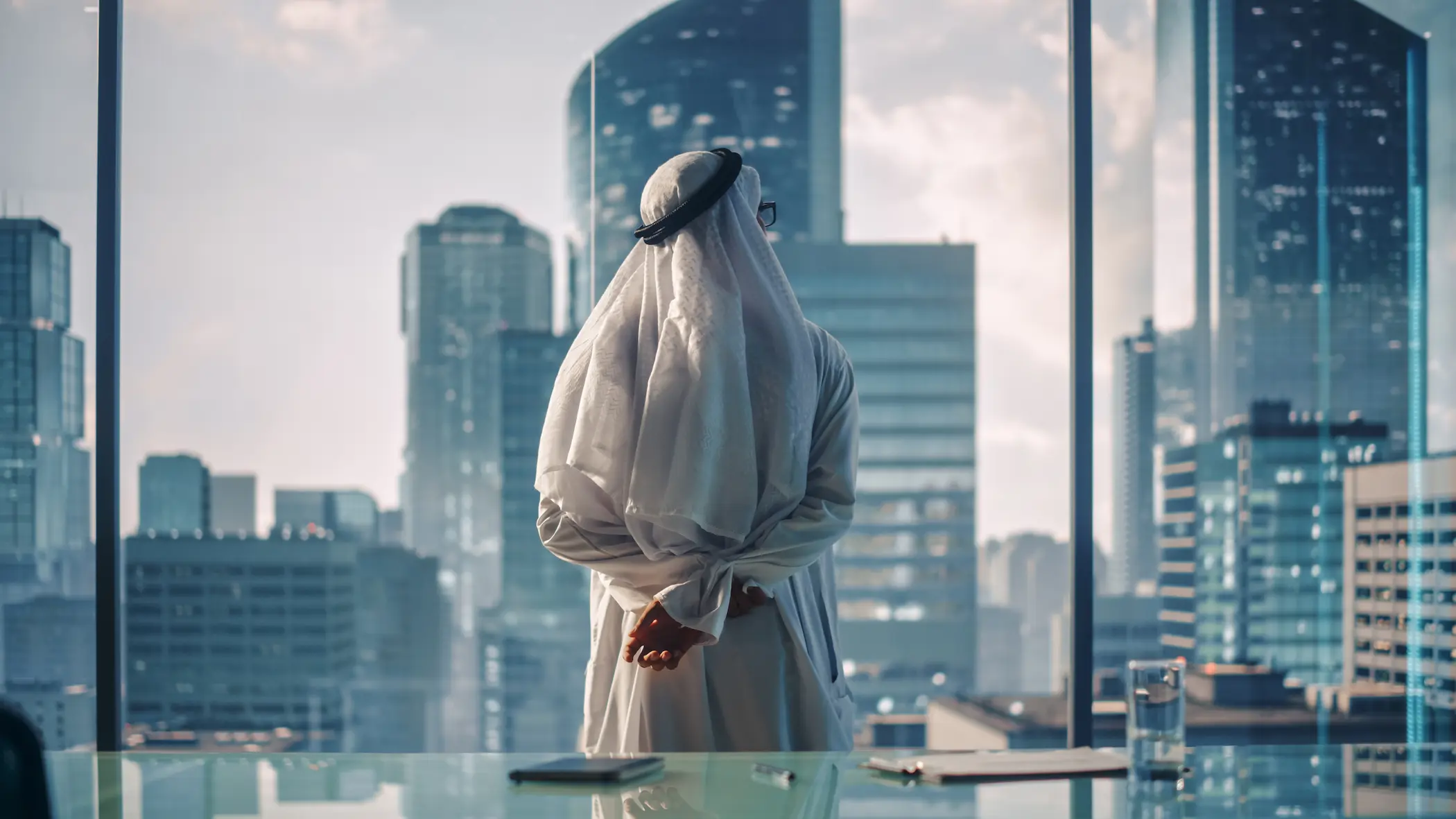
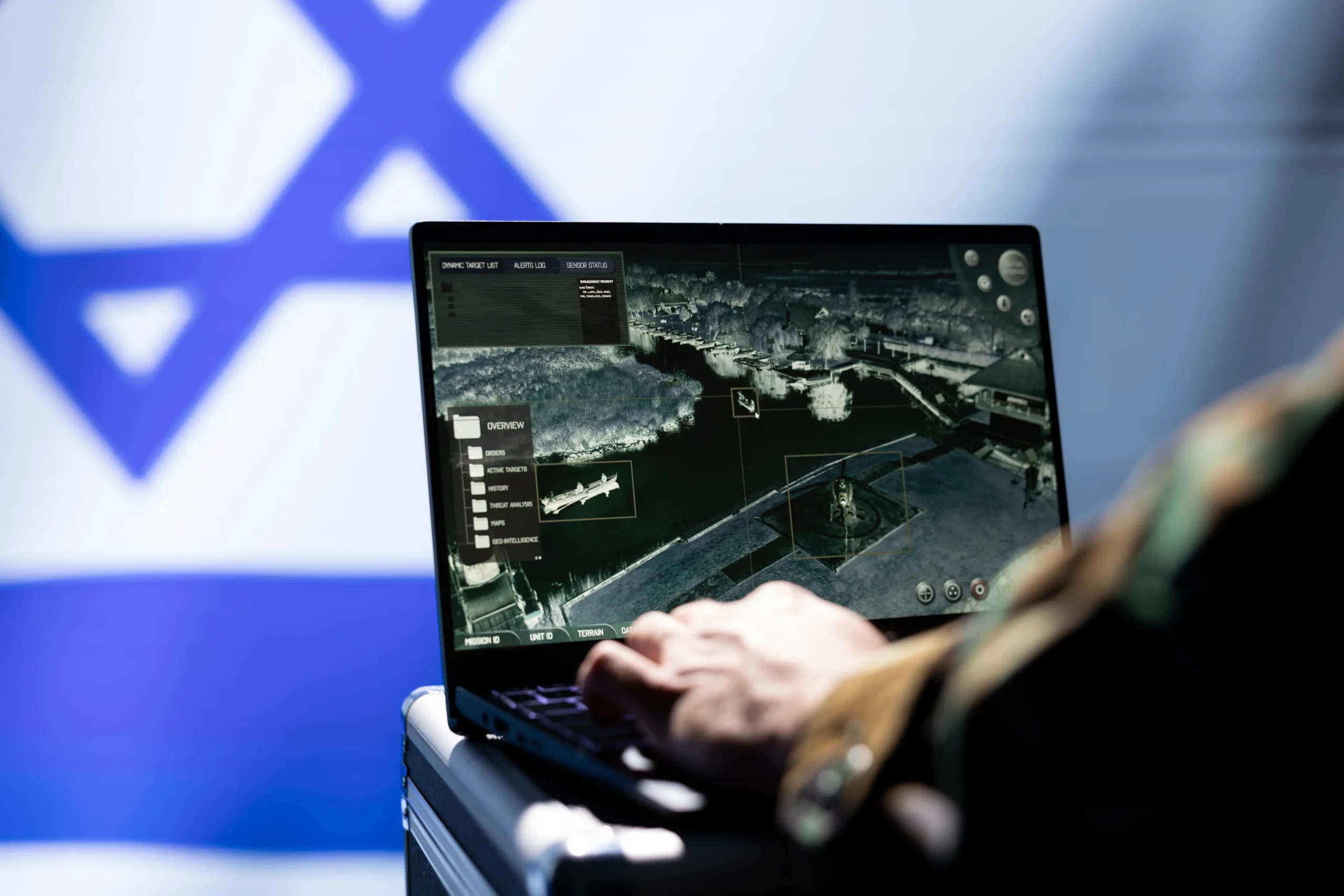
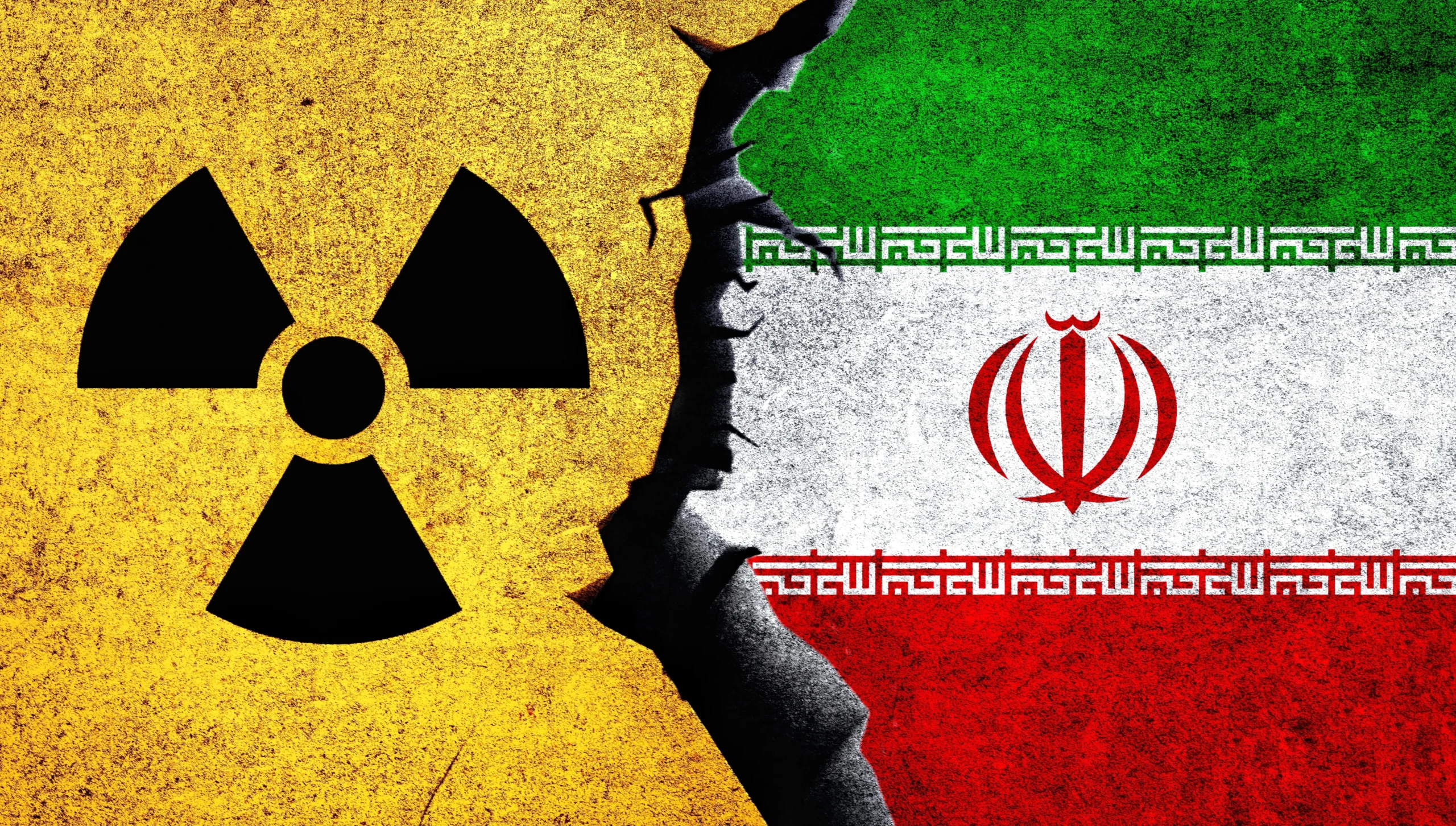
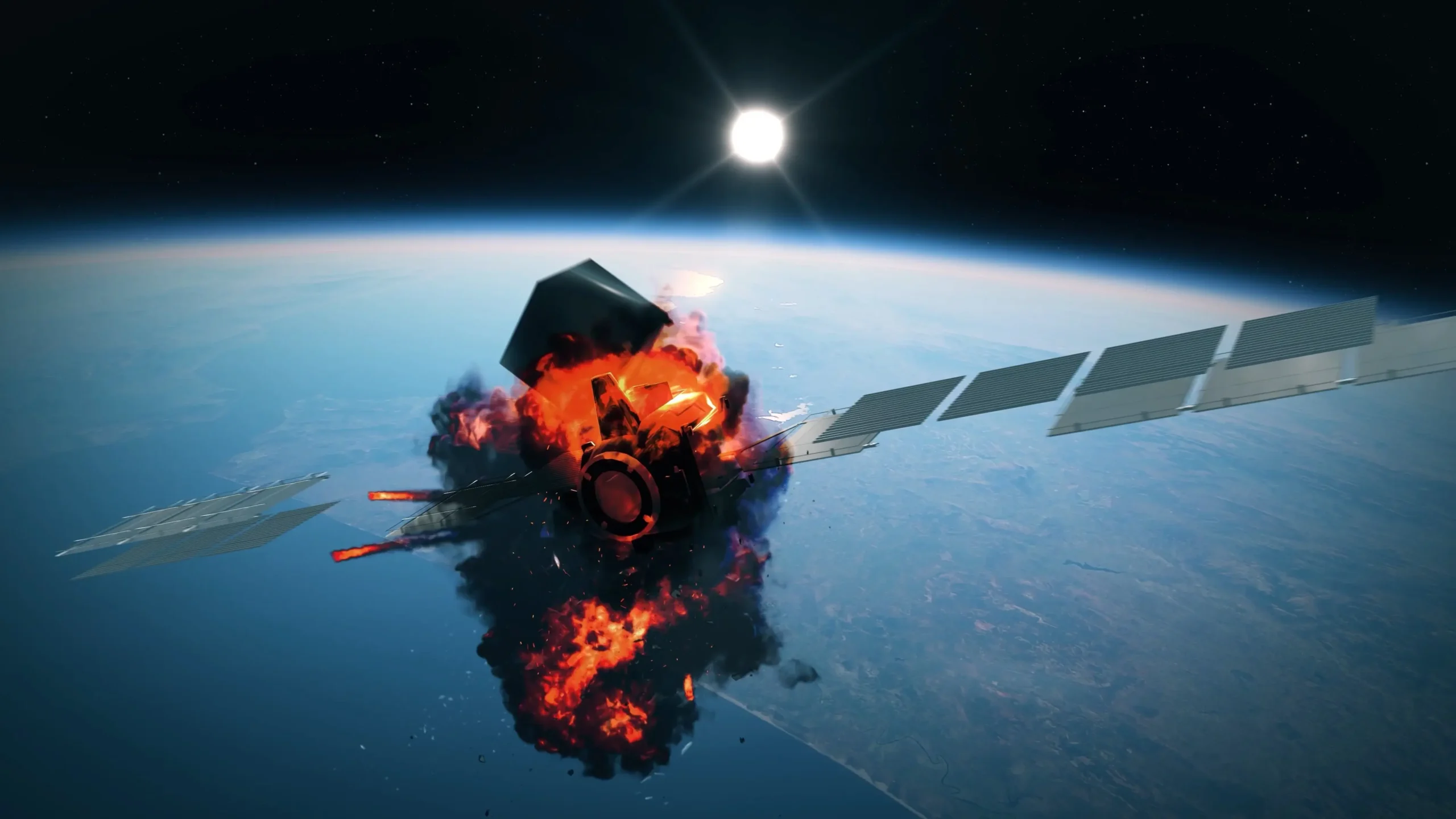
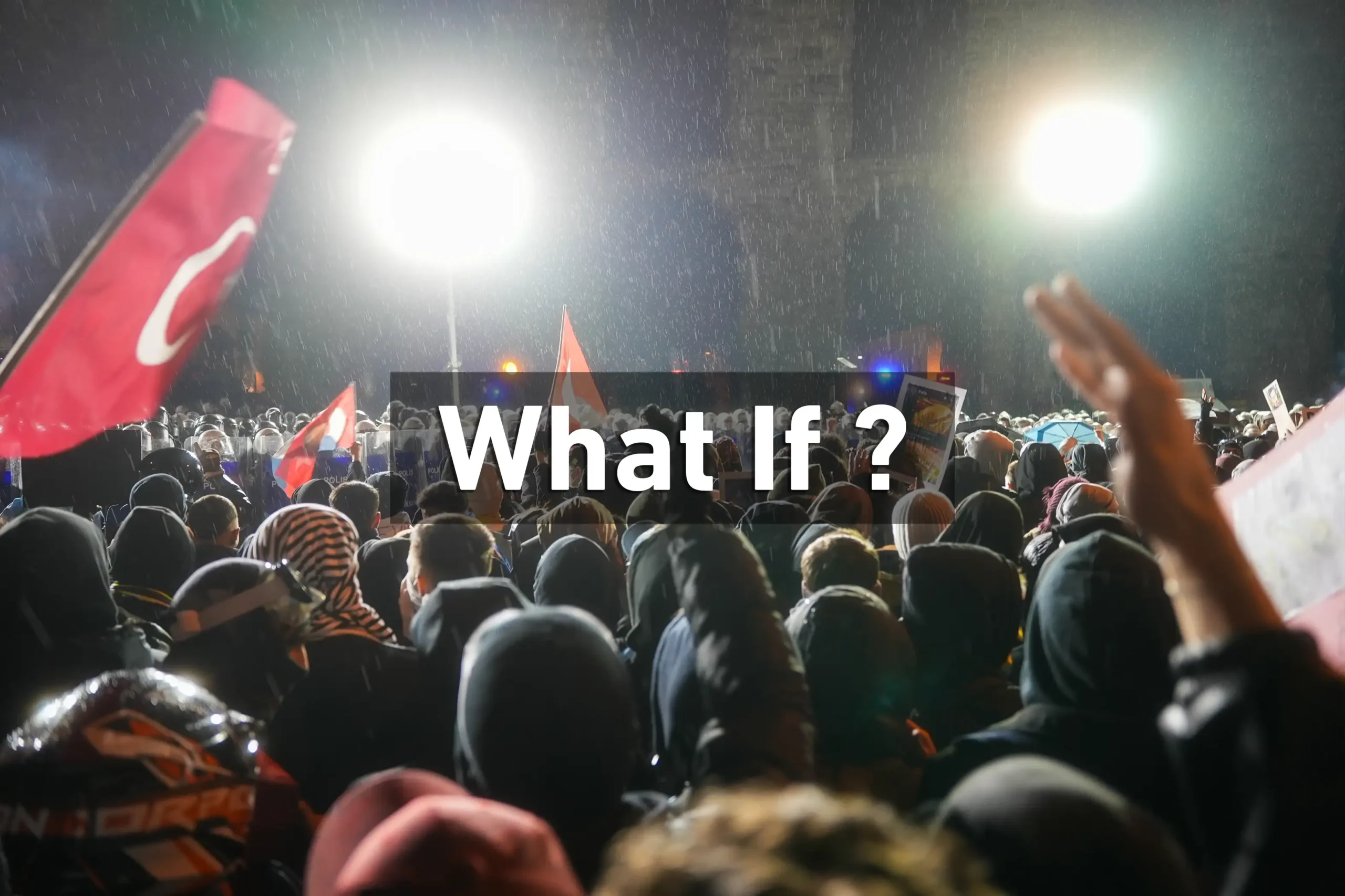

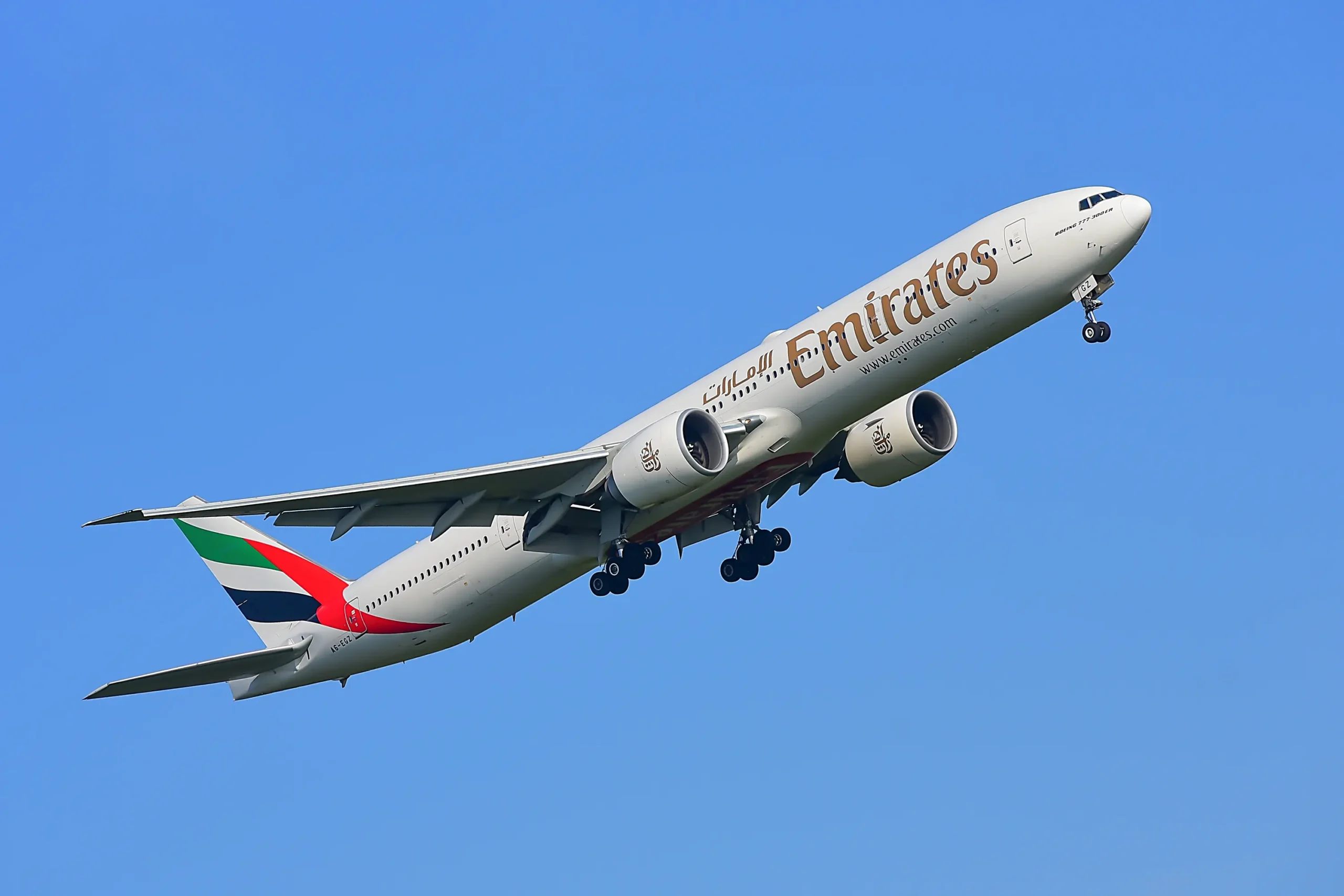
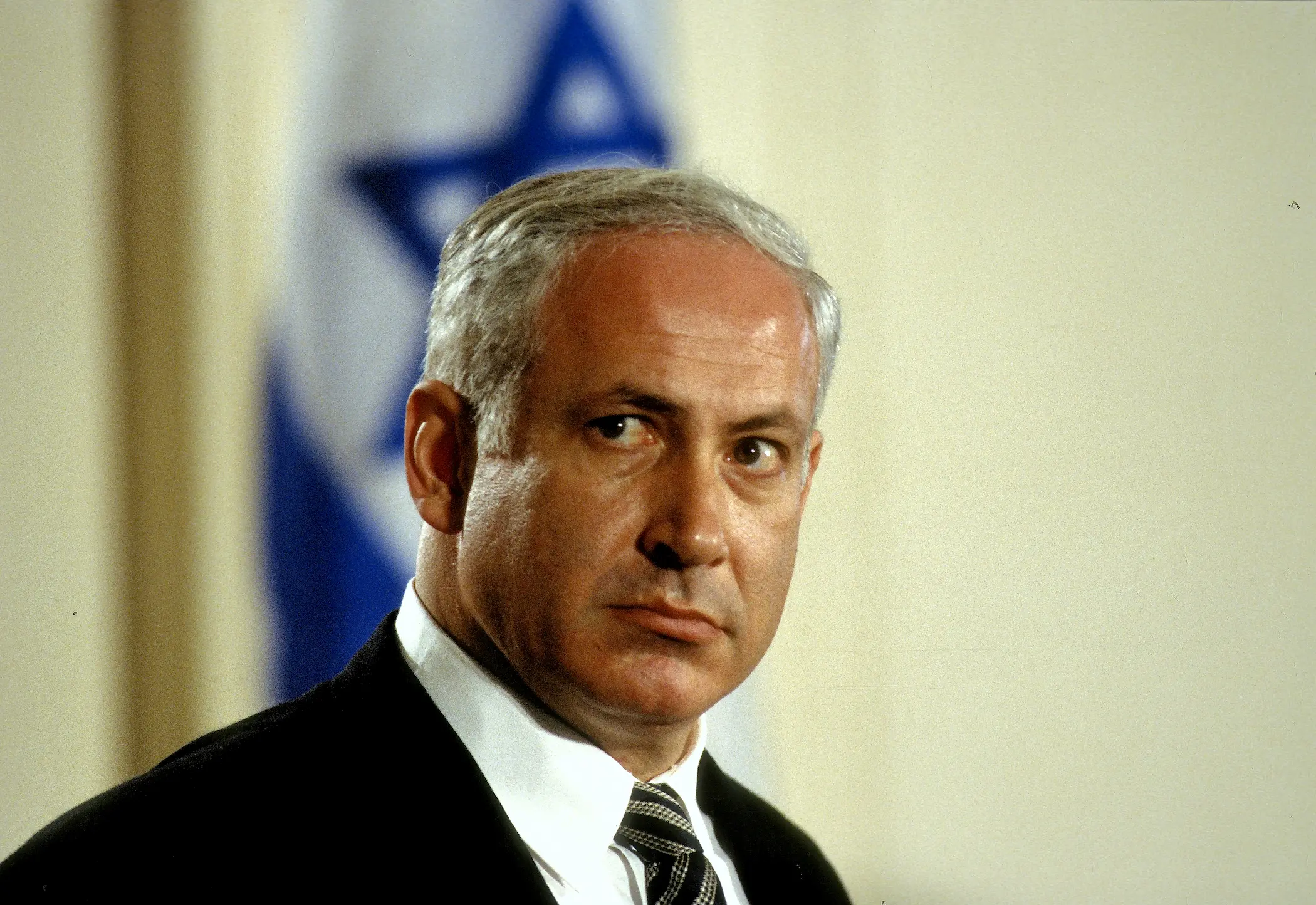
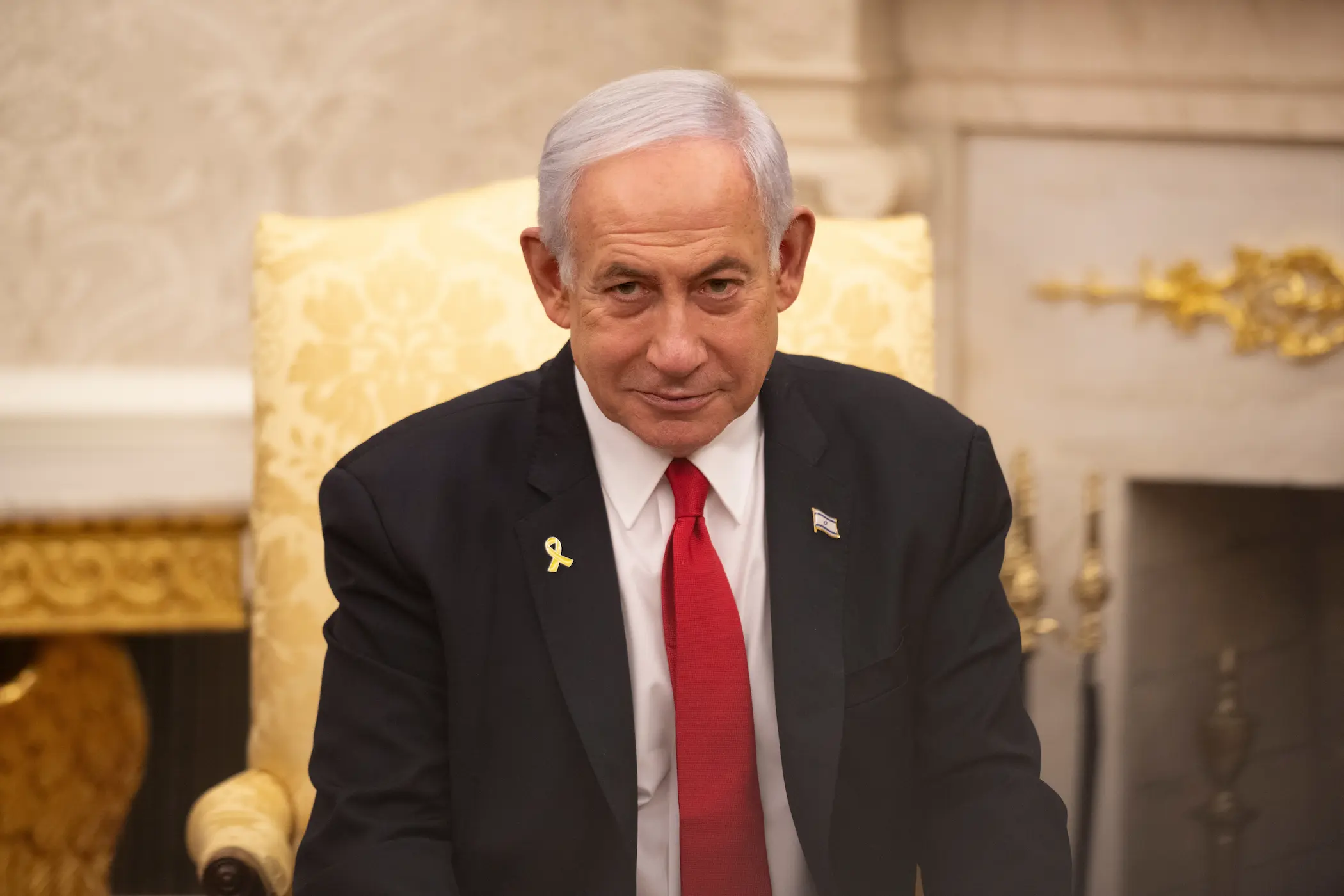

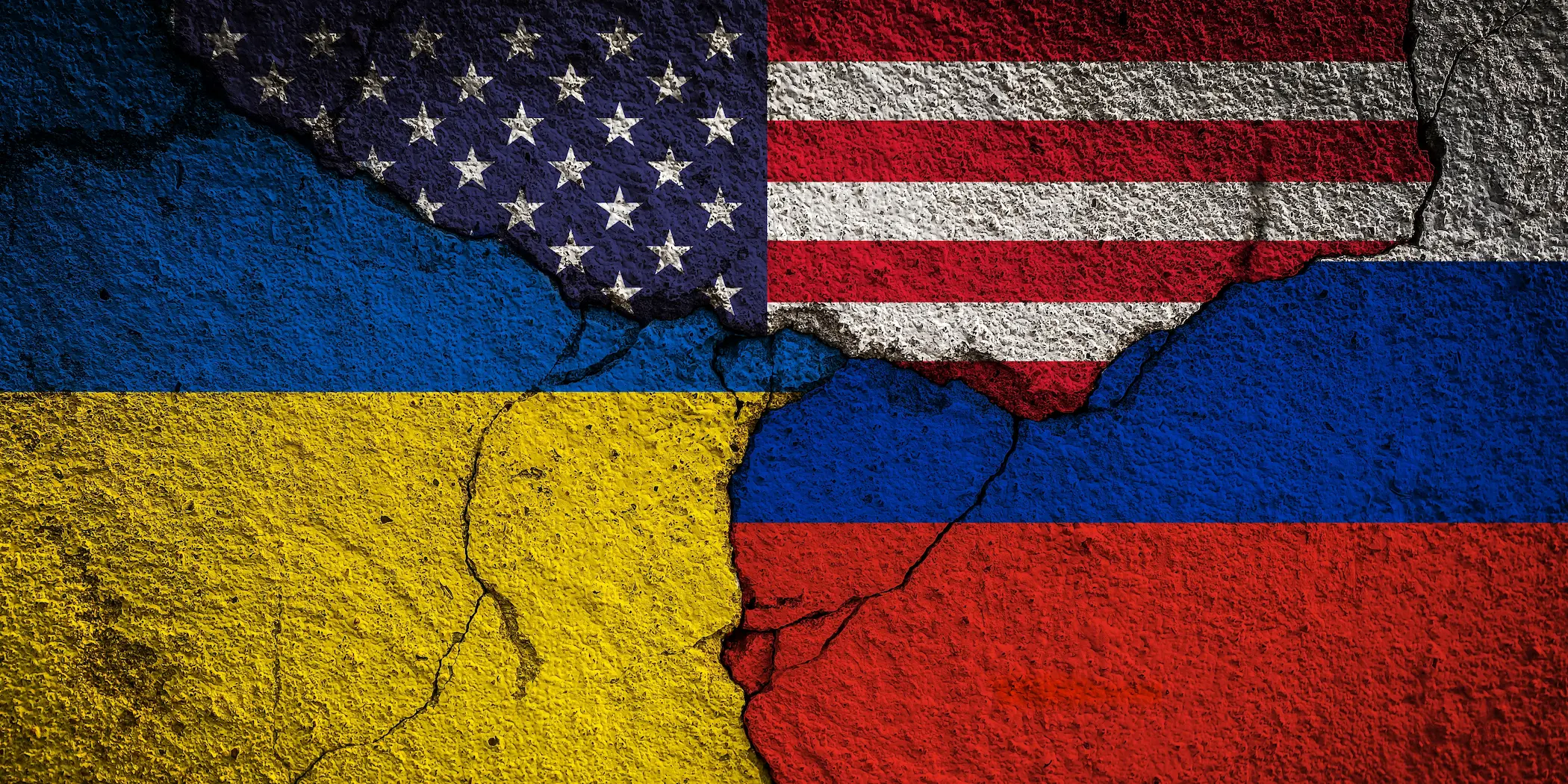
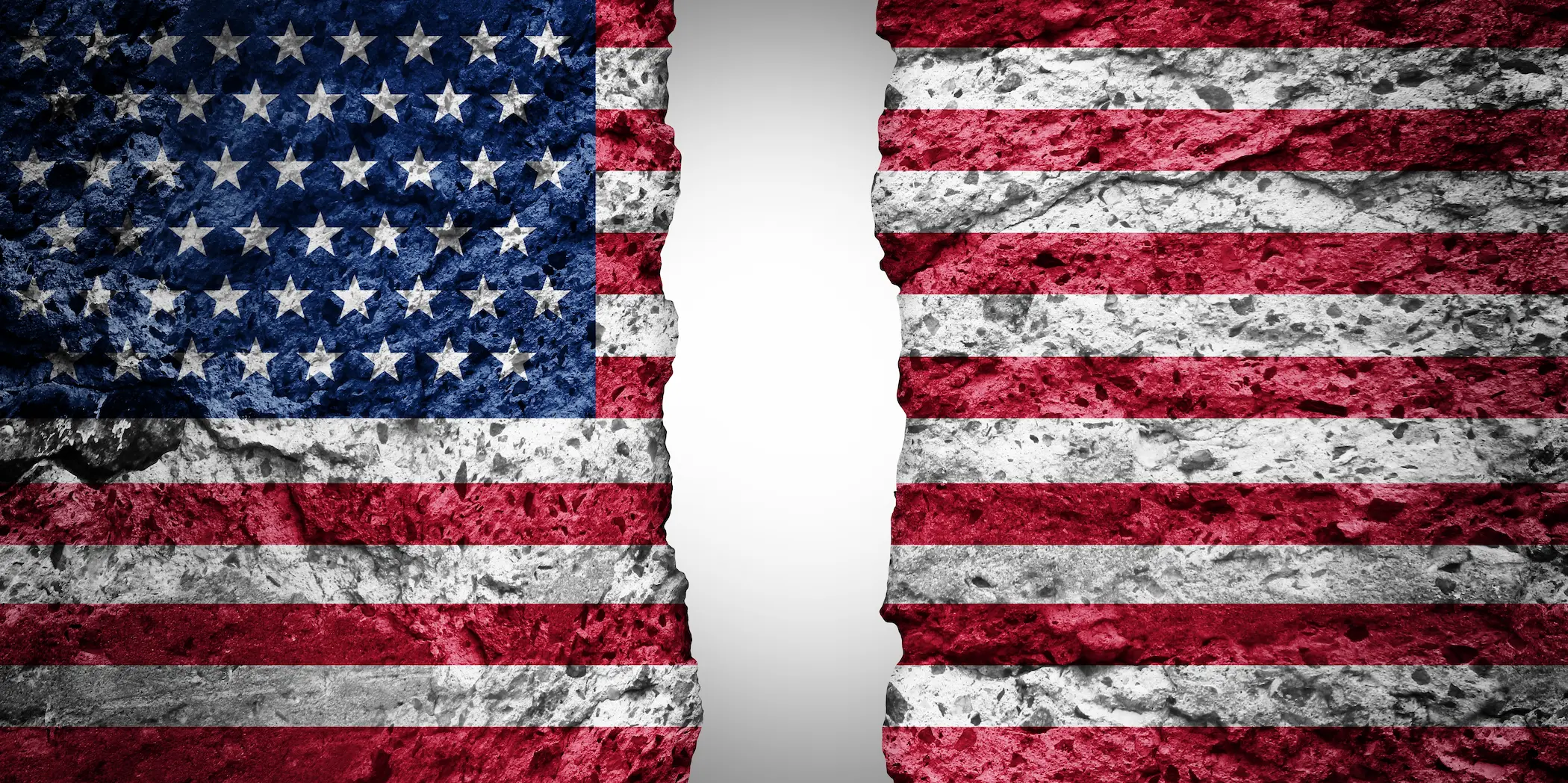

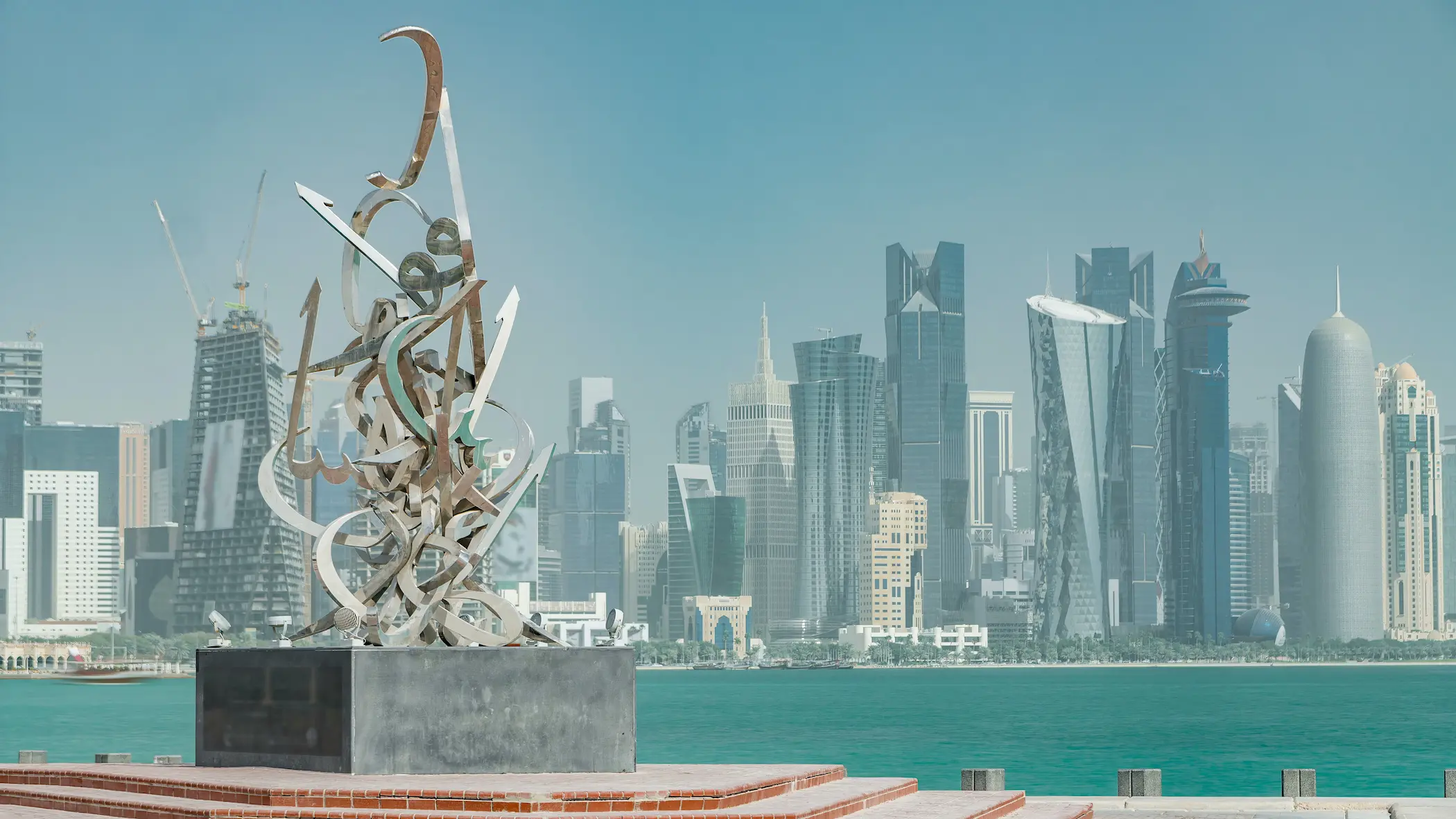

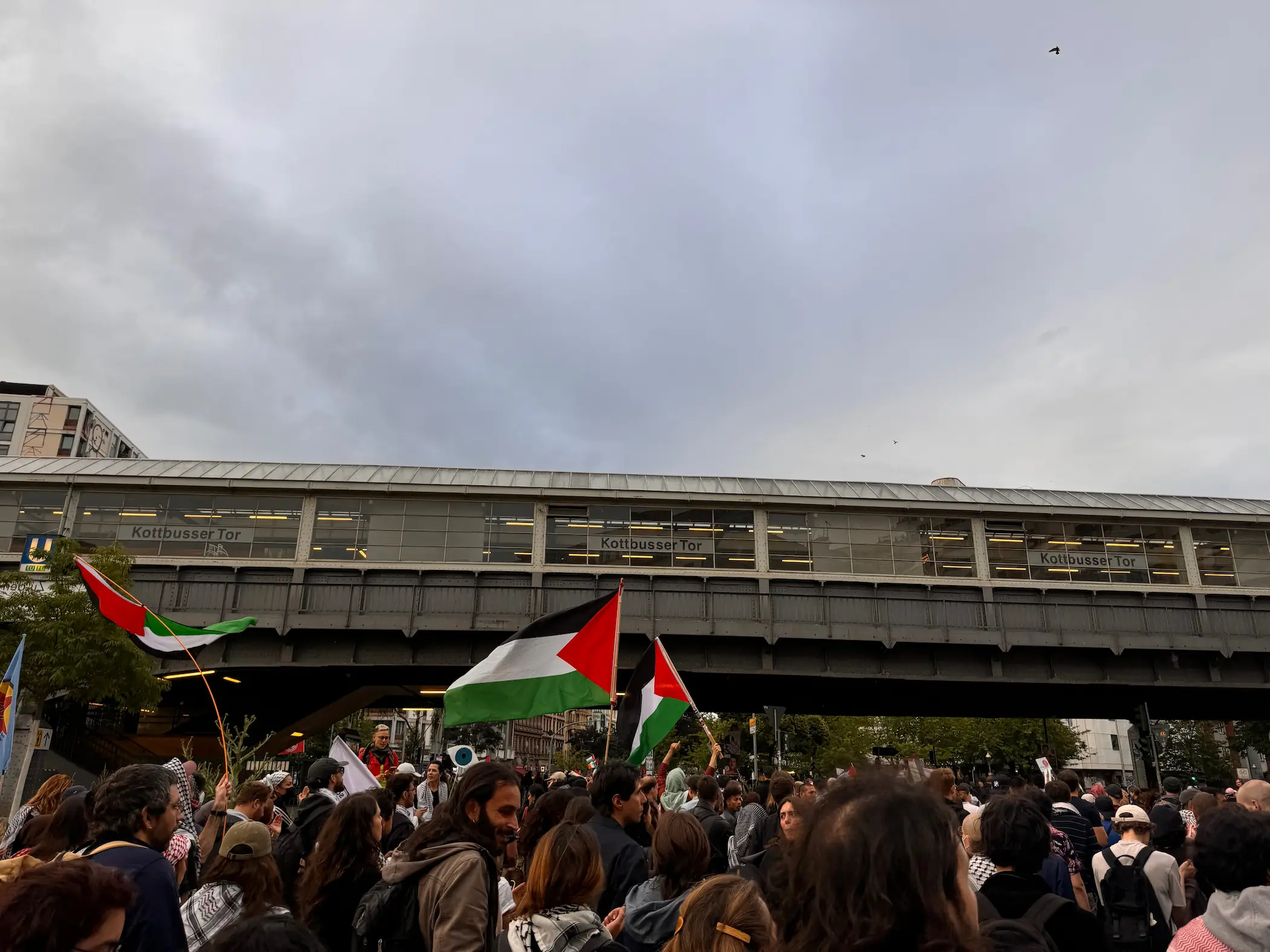
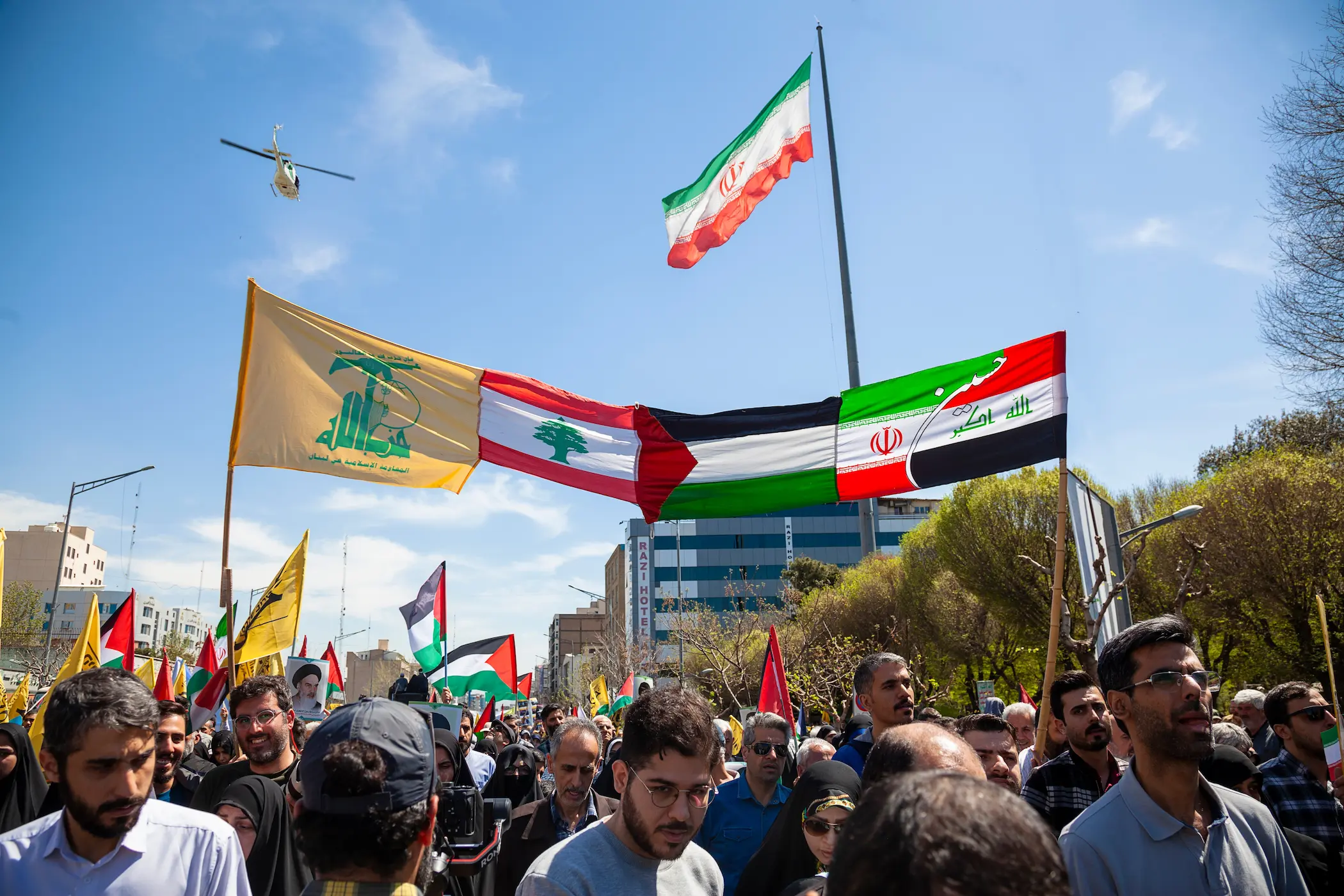
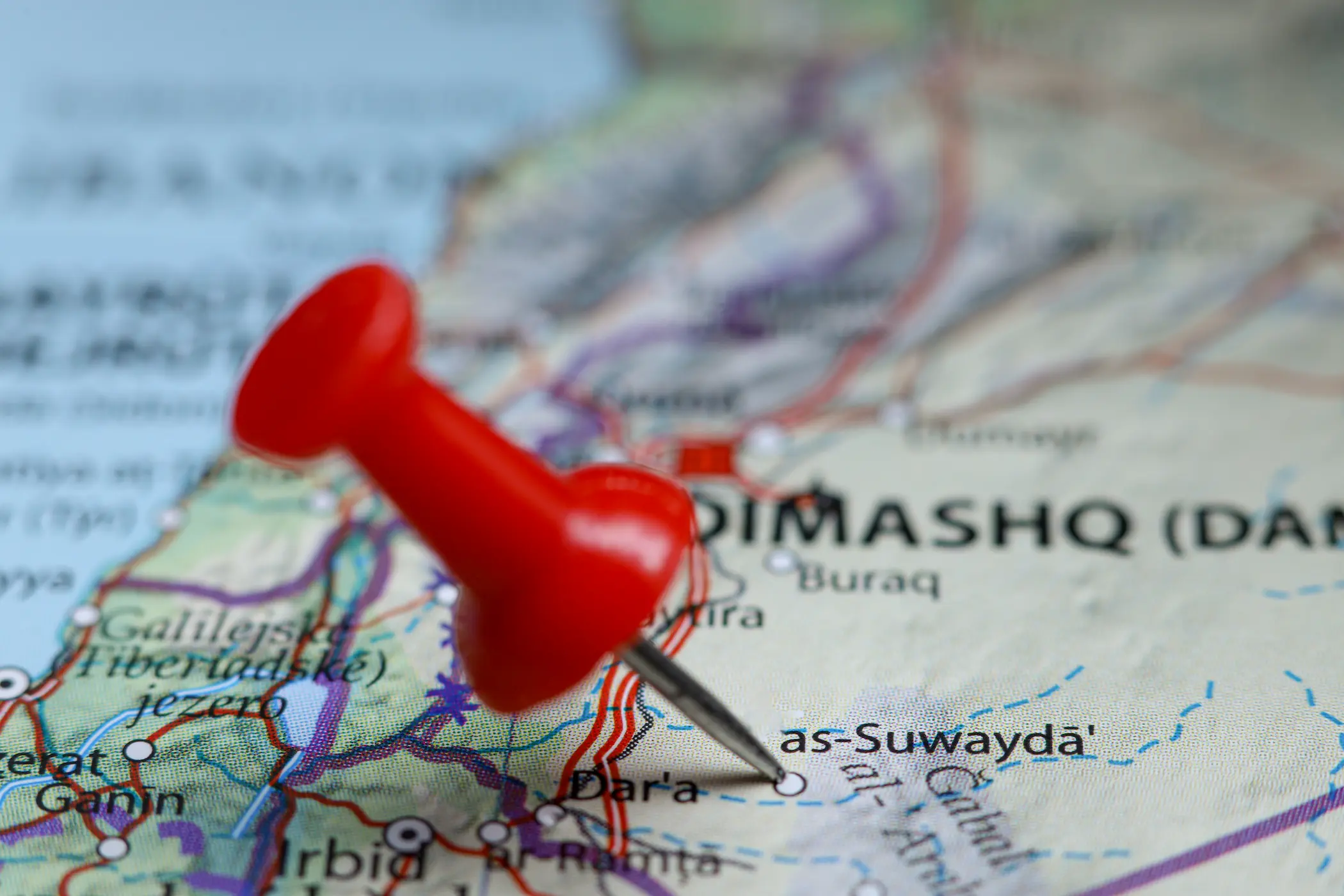


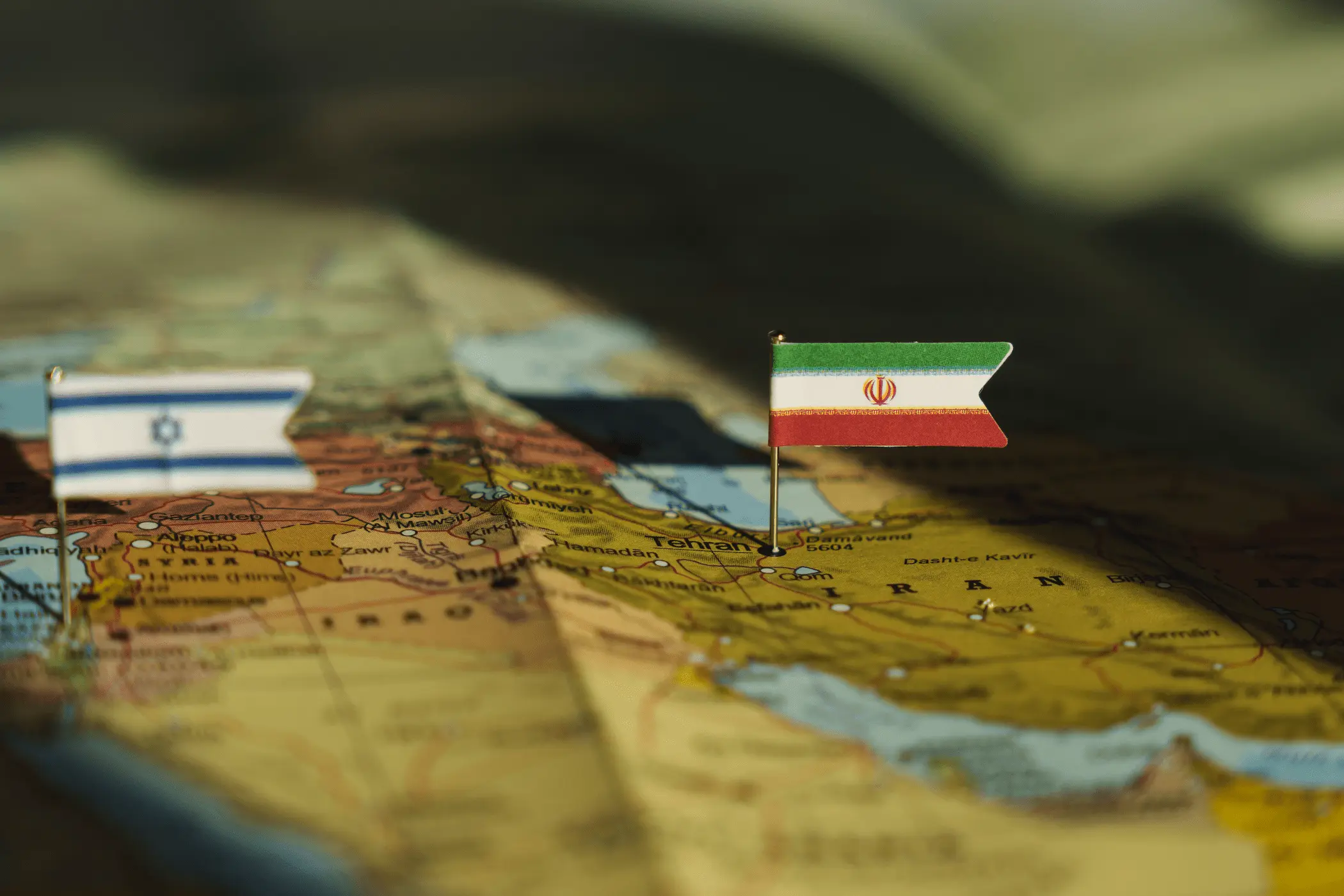
Comments